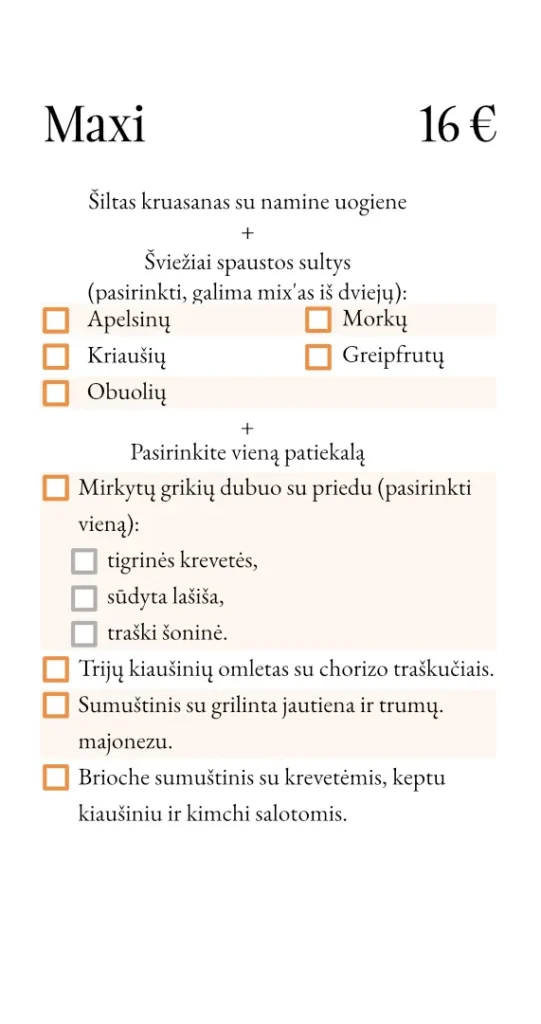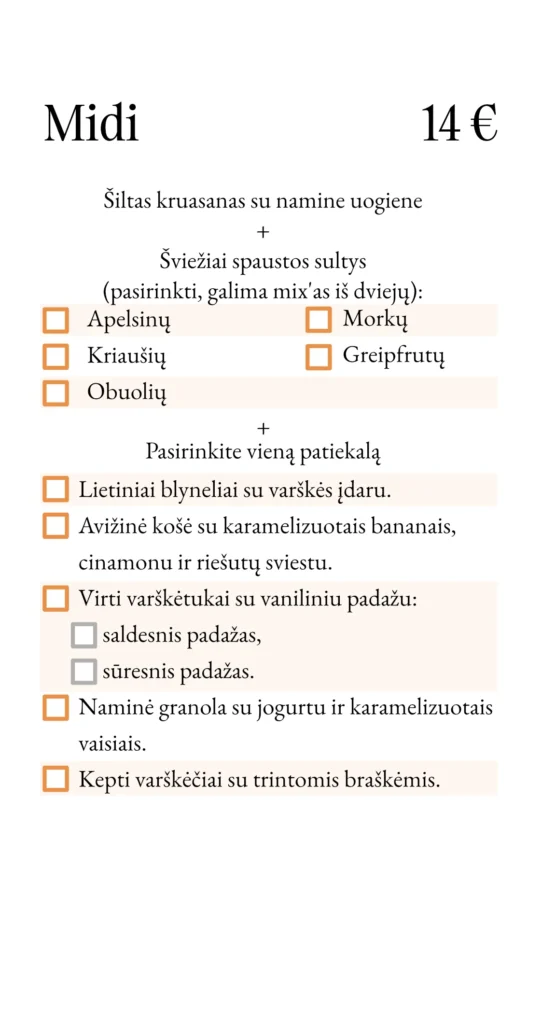Palanga Birutė Park
Birutė Park
Palanga's Birutė Park is distinguished not only by its meticulously maintained environment and plant diversity, but also by its very well thought-out layout. Every element of the park - be it a bench, a path, a pond or a hill - is designed to give you a view of the park's highlights, such as the Tiškevičius Palace, the sea or the exceptional landscape corners.
Basic information
How to find us?
The park is located at Vytauto g. 15, Palanga.
There is a car park next to the park, with a charge from 15 May to 15 September. Address Vytauto g. 16, Palanga
Important: 1 June to 1 September Electric scooters, bicycles, velomobiles and skateboards are not allowed in Birutė Park and on the section of Meilės Avenue from S. Darius and S. Girėnas Street to Birutė Hill, so you cannot use these vehicles to access the museum during the summer season.
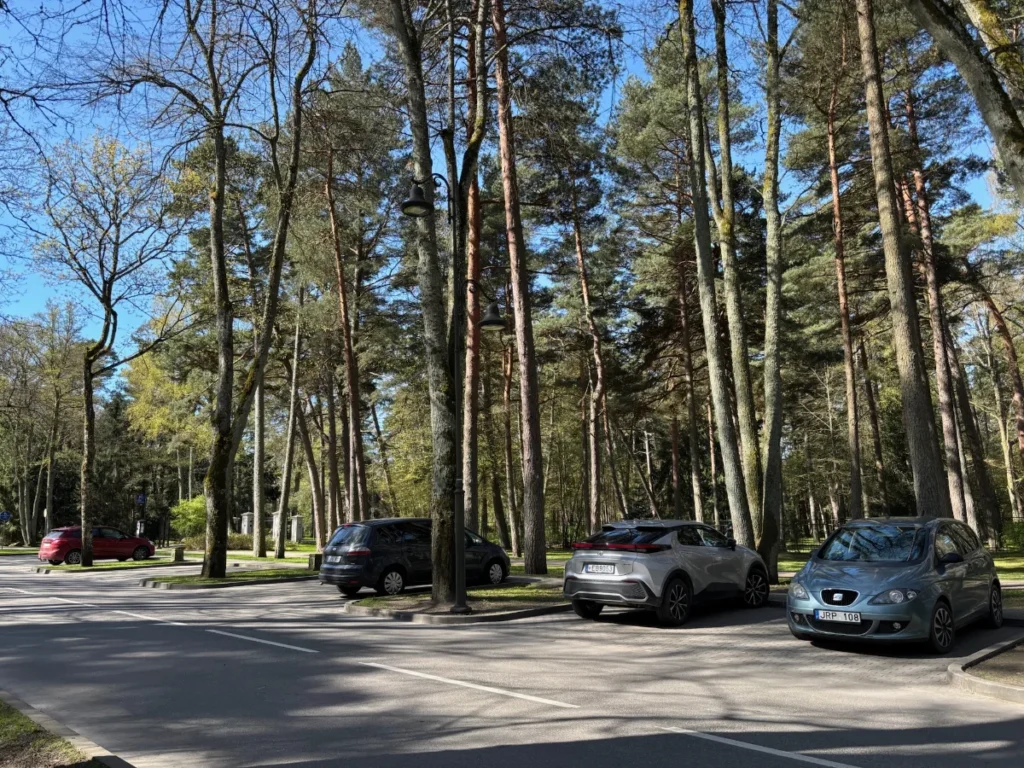
Do we recommend visiting with children?
Birutė Park has plenty of space to run freely, safe paths (no electric scooters or bicycles in summer), roller coasters, ponds - it will be fun for children. If you want more engaging activities and educational classes, you can buy tickets and visit the Amber Museum in the park with educational classes
However, Birtue Park is not a play park - there are no stairs or other "rides", no areas specifically designed for children's entertainment. So if you want a quiet walk in nature with the opportunity to stop, sit down and enjoy the view, this is a great place to go with children. However, if you are looking for more child-friendly activities, you should probably choose other entertainment venues in Palanga.
Here's something else you should know:
- It is worth being aware that after rain, the park paths are more "slippery", which can make it more difficult to get around with a pushchair or cause discomfort for wheelchair users.
- Palanga Park prohibited picnics, camping. So Birutė Park is a place where you can't just turn up, for example, to stretch out on the grass and pass the time. You can only sit on the benches provided for that purpose.
Birutė Park in Palanga - what will you see and what makes it stand out?
Birutė Park is a peaceful recreational space enjoyed by families with children, older visitors and locals enjoying a stroll. The layout of the paths, benches and seating areas is designed for ease of movement and allows you to enjoy the views at any time of year. In spring, you can admire the awakening nature and flowering plants, in summer, the diversity of plants is revealed, and in autumn and winter, you can enjoy peaceful walks and beautiful seasonal views.
The Palanga Park Rotunda hosts the annual brass band concerts "Orkestro vasara" (more information), the annual Midsummer Festival "George, take the keys!", and more and more other events such as exhibitions, concerts and even film screenings.
History of the park
Birutė Park was established at the end of the 19th century on the initiative of the Counts of Tiškevičius, who chose a unique location for the park - the surroundings of the former Birutė Forest and the legendary Birutė Hill. The famous French landscape architect Eduard Francois André was invited to design the park.
Before the park was built, the area was predominantly marshy. Several ponds were dug as part of the landscaping works, and the excavated soil was subsequently used for the embankment. In 1897, a neo-Renaissance-style palace was built on the site, which is today known as the Amber Museum. From the very beginning, the park was designed as an aesthetic and representative space, where architectural solutions are combined with the natural environment - paths, flowerbeds and squares are arranged in such a way as to give each corner a distinctive mood and uniqueness.
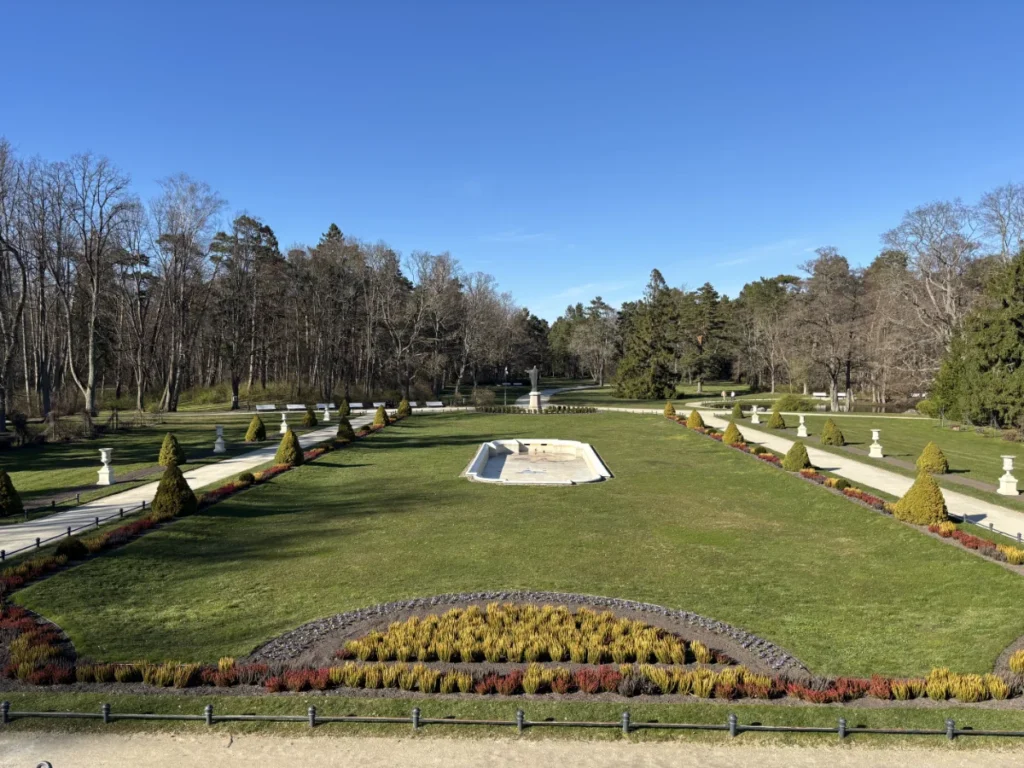
The seedlings used to form the park's vegetation came from botanical gardens in Berlin, Königsberg and other European cities. Although some species have disappeared over time, today the park still has around 250 plant species. The main vegetation of the park is still composed of pine forests, with stands of alder and spruce in the wetter areas.
Cultural heritage sites in Palanga Birutė Park:
Birutė Park is full of sculptures and monuments that are perhaps less often noticed, but should be - they also have interesting historical significance. Did you know that there are over 20 different cultural heritage sites in the park?
The sculpture of the "Christ triumphant", known and recognised by many, has a sad and even somewhat mystical history: built between 1906 and 1913, it was destroyed after the Second World War. The story goes that those involved in the destruction of the monument died a cruel death. In 1993, sculptor Stasys Žirgulis restored the sculpture.
Birutė Park also has a sculpture that has become a symbol of Palanga, and many of you have taken a picture of it - the sculpture "Spruce, Queen of the Snakes". This symbol of Palanga was entered into the State Register of Protected Cultural Property in 1993 and is based on a well-known Lithuanian folk tale about the pure love of the fisherman's daughter, Eglė, for the King of the Sea, Žilvinas.
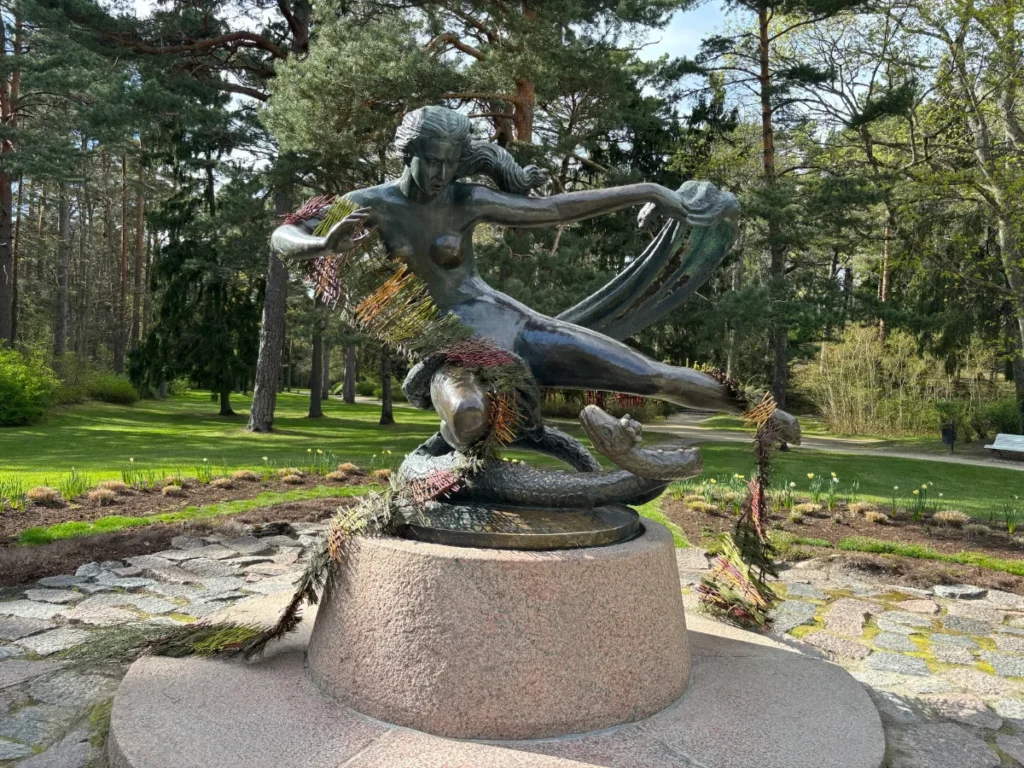
At the foot of Birutė Hill, the symbolic eternal resting place of Princess Birutė, you can see the sculpture "Tau Birute". It was created by sculptor Konstancija Petrikaitė-Tulienė. The sculpture is distinguished by its plastic drawing, which makes it appear round when viewed from the front.
In Birutė Park, on the Youth Hill, there is a sculpture "Sagittarius", based on the painting by M. K. Čiurlionis "Zodiac. Sagittarius". The sculpture is not very easy to find, as it is set back from the central paths of the park and surrounded by trees on all sides.
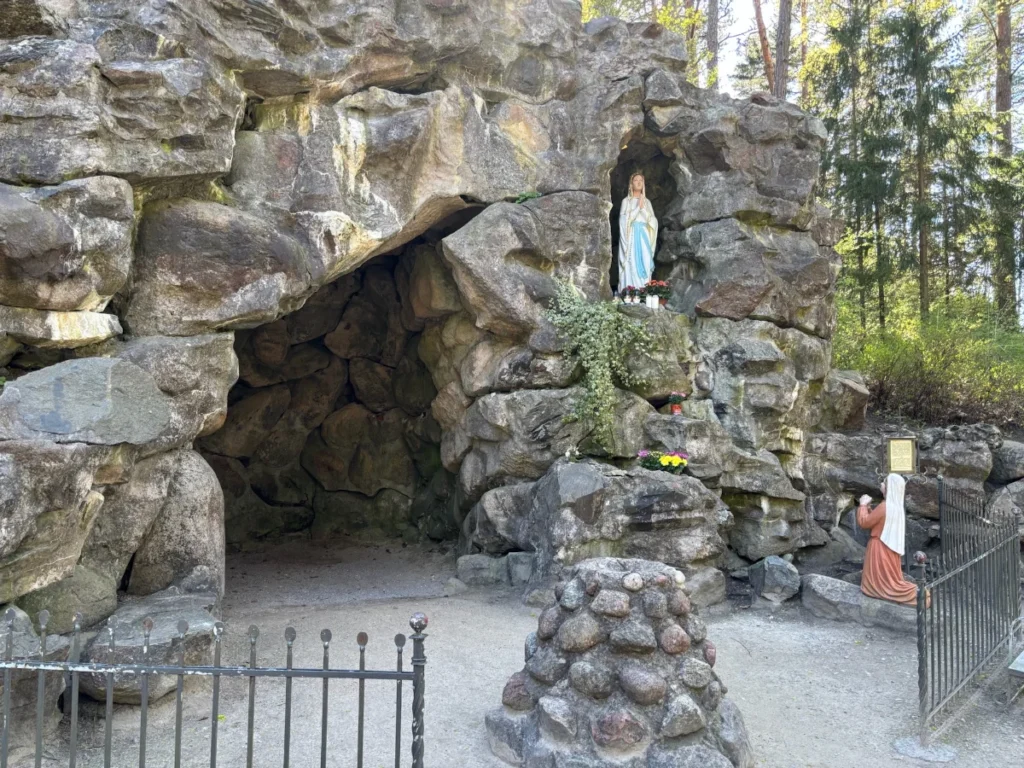
The first to survive the horrors of the Second World War in Lithuania were the inhabitants of Palanga - more than 100 Jews and Lithuanians were shot in the forest behind Birutė Hill in the first days of the war. A memorial stone in this park commemorates the victims of the massacre.
Birutė Park has one more highlight - Birutė Hill, which is located on a dune. Climbing the hill, you can not only admire the scenery, but also visit the chapel, which was built in 1869.
Here you will also see the Samogitian Hill, so named because of the meetings of the Samogitian Cultural Society that were held here for some time. It is a secluded, peaceful place surrounded by nature, with a small playground and a park of pagan carvings.

Apartments in Palanga
Questions? Contact us!
Fill in the form. This is the quickest way to make a booking request.
Call us. We will advise and help you
+370 630 08558
Contact us at [email protected]


